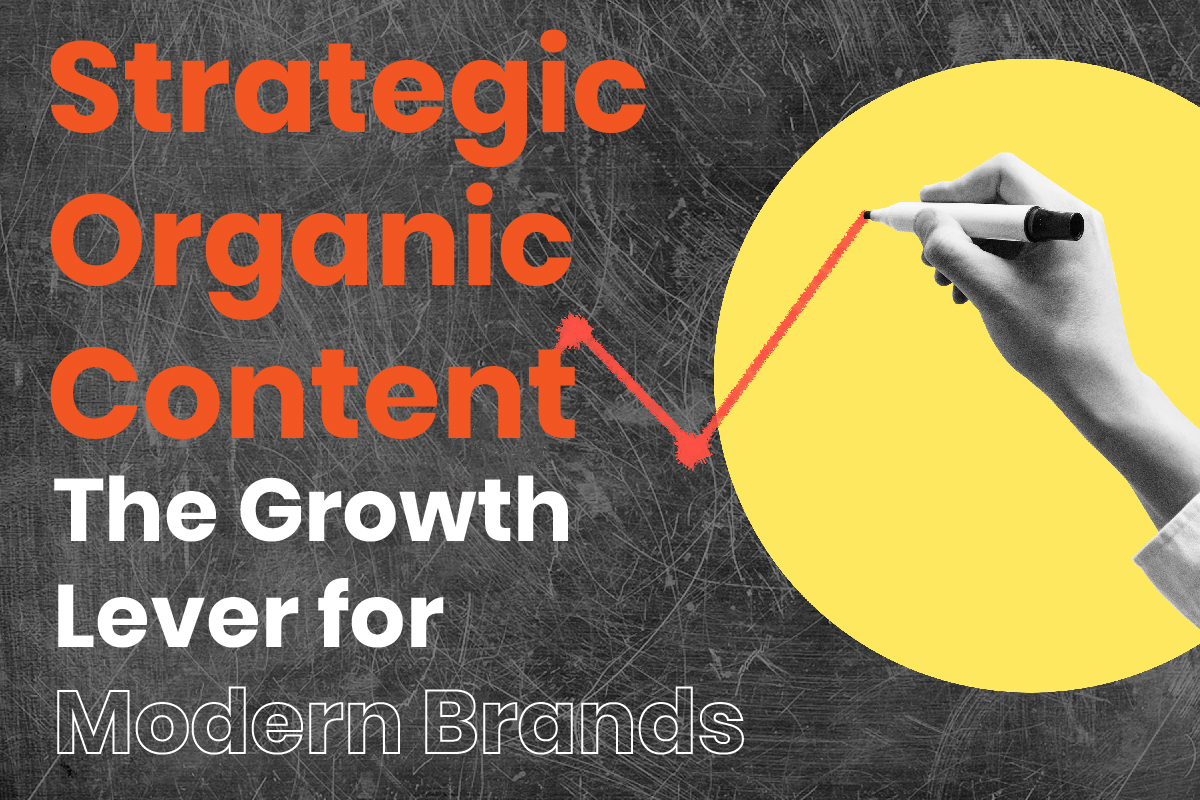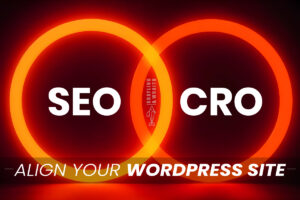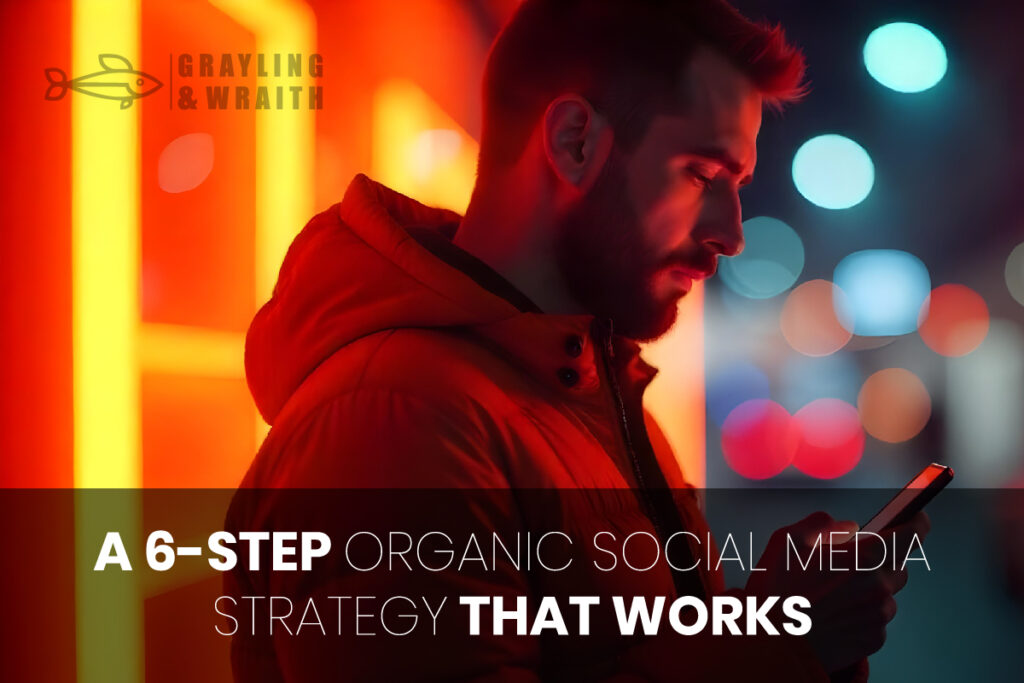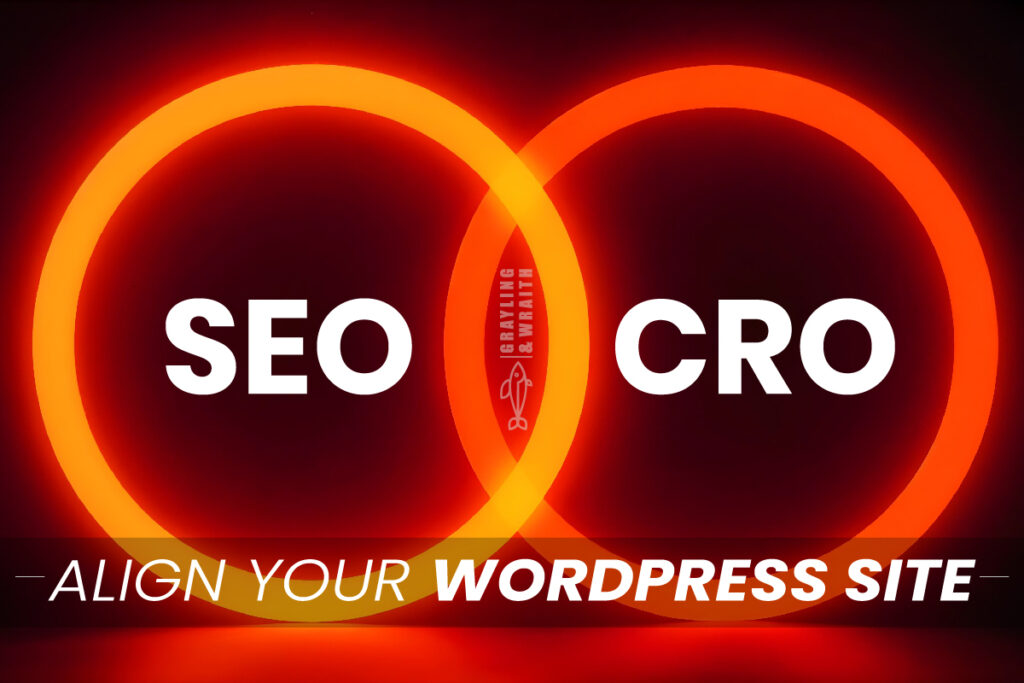In today’s digital ecosystem, organic content is a beacon of authenticity amid a sea of paid advertisements. It’s the genuine interaction, the kind that money can’t buy, that endears brands to their audiences and cultivates lasting relationships. Strategic organic content is a thoughtful approach to natural engagement. It elevates content creation beyond a mere task, making it a deliberate tactic finely tuned to resonate deeply with its intended audience. This method isn’t about casting the widest net. It’s about crafting a net that reaches the right people with precision and purpose. In this article, we delve into how modern brands can transform organic content from a simple checkbox on their marketing to-do list into a dynamic lever that pulls their growth forward, turning passive browsers into passionate advocates through organic social media strategies.
Understanding Organic Content in the Modern Marketing Mix
The Role of Organic Content in Digital Marketing
Strategic organic content significantly enhances brand visibility and authority, establishing a solid foundation for long-term digital success. Unlike transient advertising methods, organic content fosters a sense of trust and expertise around your brand. This isn’t just about being seen—it’s about being remembered and revered. When effectively executed, this type of content boosts your SEO by keeping your brand competitively relevant in search engine results. This is particularly vital as search engines increasingly prioritize content quality and user engagement in their ranking algorithms.
Comparing Organic and Paid Reach
While paid strategies provide an immediate boost in visibility, the effects are often ephemeral, dissipating as soon as the budget runs out. On the other hand, strategic organic content offers enduring benefits that build and accumulate over time. This type of content enhances your SEO efforts. It establishes a repository of valuable and shareable resources that continue to attract and engage users months or even years after publication. By investing in organic content, brands can cultivate a sustainable presence. This presence reinforces their market position and drives continuous engagement without the perpetual cost of paid ads.
While paid strategies provide an immediate boost in visibility, the effects are often ephemeral, dissipating as soon as the budget runs out. On the other hand, strategic organic content offers enduring benefits that build and accumulate over time. This type of content enhances your SEO efforts and establishes a repository of valuable, shareable resources. These resources continue to attract and engage users months or even years after publication. By investing in organic content, brands can cultivate a sustainable presence. This presence reinforces their market position and drives continuous engagement without the perpetual cost of paid ads.
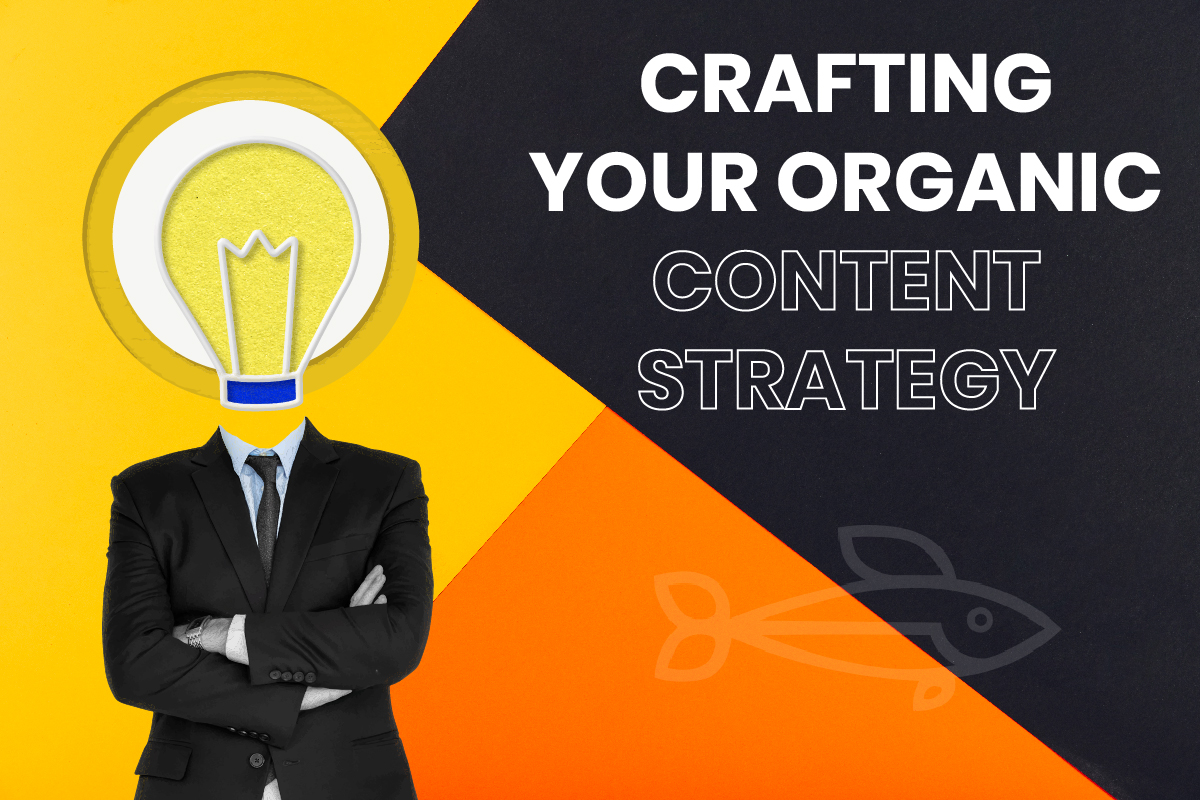
Crafting Your Organic Content Strategy
Key Components of an Effective Content Strategy
Developing a strategic organic content strategy involves several critical elements. These elements ensure your content not only reaches but also resonates with your target audience. Audience research is crucial as it informs every decision you make. It provides insights into who your readers are, what they care about, and how they prefer to consume content. Content calendaring also plays a crucial role. It helps to organize and schedule content consistently, ensuring your brand maintains a steady presence in your audience’s life. Lastly, tracking performance metrics is essential for measuring success and making data-driven adjustments. Throughout all these elements, creativity and authenticity must be at the heart of your strategy to craft content that genuinely engages and captivates your audience.
Tools and Technologies for Content Strategy
Equipping yourself with the right tools can dramatically enhance the effectiveness of your content strategy. For strategic organic content, keyword research tools like SEMrush or Ahrefs are important for understanding what your audience is searching for. These tools reveal the keywords that drive traffic and help you fine-tune your content. They optimize your content to align with what your audience is interested in. Trend analysis platforms, such as Google Trends or BuzzSumo, provide insights into currently popular topics. This allows you to tailor your content to ride the wave of popular discourse. Additionally, content management systems (CMS) like WordPress or HubSpot streamline the creation, publication, and modification of content. This keeps your strategy agile and responsive.
Leveraging Organic Content for Brand Growth
Building Brand Authority with Strategic Content
In the quest to build brand authority, strategic organic content plays a pivotal role. Consistent, high-quality content not only attracts attention but also establishes your brand as a thought leader in your industry. For example, whitepapers showcase in-depth knowledge and position your brand at the forefront of innovation, while how-to guides and expert blog posts build trust by offering valuable, actionable advice. Each piece of content should reflect your brand’s expertise and commitment to quality, reinforcing your credibility with every article, video, or infographic you publish.
Enhancing User Engagement through Tailored Content
Personalized content has become a cornerstone of modern marketing strategies, significantly boosting user engagement and time spent on your site. By crafting content that speaks directly to individual needs and interests, brands can forge stronger connections with their audience. Implementing feedback loops and continuously optimizing content based on user interactions are crucial. These practices not only improve the user experience but also increase the relevance of your content. This makes visitors more likely to engage, share, and return. For example, interactive content like quizzes or tailored recommendations keeps users more engaged. It also provides valuable insights into their preferences and behaviors, which can be used to refine future content.

SEO Best Practices for Organic Content
Optimizing Your Content for Search Engines
When it comes to strategic organic content, mastering SEO is crucial. It ensures your content not only reaches its intended audience but also engages them. Incorporating relevant keywords naturally within your articles helps search engines understand and rank your content more effectively. This leads to increased visibility and engagement. However, the art of SEO doesn’t stop at keyword stuffing. It’s about weaving these keywords into compelling narratives that captivate readers. Equally important is link building, which enhances your site’s authority and reach. By obtaining backlinks from reputable sites within your industry, you can significantly boost your search engine visibility. Balancing SEO with readability is crucial, as the ultimate goal is to create content that resonates with people, not just algorithms. This balance ensures that your content remains both discoverable and genuinely enjoyable to read.
The Importance of Mobile Optimization
In today’s digital age, where more than half of all web traffic comes from mobile devices, creating mobile-friendly content is not just an option—it’s a necessity. Strategic organic content must be designed to perform seamlessly across all devices, prioritizing speed and user experience on smaller screens. This means optimizing images, using responsive design, and ensuring text is easy to read on mobile devices. By catering to the mobile user, you enhance the accessibility and usability of your content, which not only improves user engagement but also contributes to better SEO rankings as search engines increasingly favor mobile-optimized websites.

Measuring Success
Metrics to Track Content Performance
To fully harness the power of strategic organic content, it’s crucial to understand which metrics effectively measure the impact of your content. Engagement metrics such as time on page, bounce rate, and social shares provide insights into how well your content resonates with the audience. Additionally, tracking conversions—whether they’re newsletter sign-ups, downloads, or sales—can illustrate the direct business impact of your content. Tools like Google Analytics and Adobe Analytics offer comprehensive data collection and visualization to help marketers pinpoint the strengths and weaknesses in their content strategy. By continuously monitoring these metrics, brands can make data-driven decisions to enhance their content’s effectiveness.
Strategies for Continuous Improvement
In the dynamic realm of digital marketing, the ability to adapt and refine based on analytics and evolving trends is crucial. For strategic organic content, this means regularly reviewing performance data to identify opportunities for optimization. A/B testing different calls to action headlines, and content formats can reveal what works best for your audience. Additionally, staying attuned to industry trends and feedback from user interactions allows for timely adjustments that keep content relevant and engaging. Implementing a cycle of testing, learning, and refining is essential to maintaining the vitality of your content strategy, ensuring that it not only meets the current demands of your audience but also anticipates future needs.
Leveraging Strategic Organic Content for Growth
Throughout this discussion, we’ve explored the pivotal role of strategic organic content in enhancing digital marketing strategies. From understanding its fundamental impact on brand visibility and authority, crafting tailored strategies that resonate with target audiences, optimizing for search engines, and measuring the success of content efforts, it’s clear that organic content is an indispensable asset for any brand looking to thrive online. The strategic deployment of this content not only builds brand authority but also sustains growth by engaging and retaining customers over time. As we’ve seen, the benefits of investing in high-quality, strategic organic content are profound and enduring.
For brands like Grayling and Wraith, adopting these strategies isn’t just recommended; it’s essential for staying competitive in a rapidly evolving digital landscape. Begin by evaluating your current content approach, integrate the practices discussed, and watch as your brand reaches new heights of market relevance and customer loyalty. Remember, the journey to effective content marketing is continuous—embrace iteration and remain responsive to new data and trends to keep your content strategy robust and impactful.

